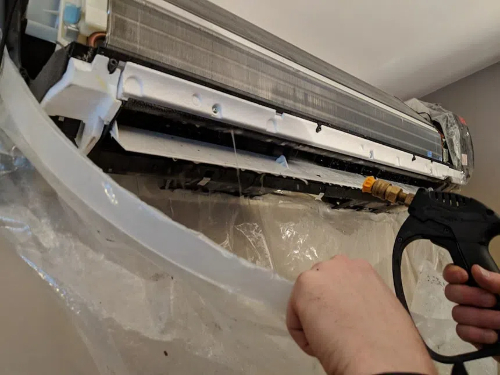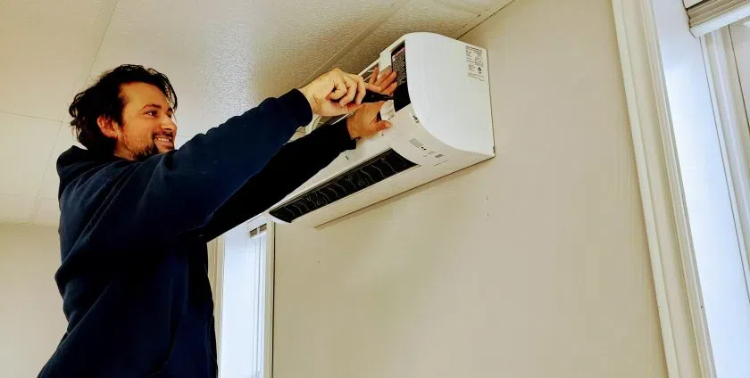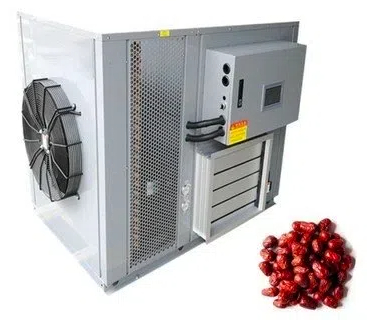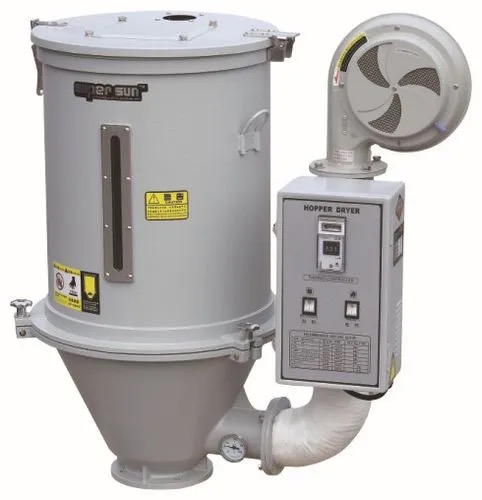
Content Menu
● Understanding Heat Pump Dryers
● Why Regular Cleaning is Crucial
● Step-by-Step Cleaning Guide
>> 1. Daily Maintenance: Lint Filter Cleaning
>> 2. Weekly Maintenance: Condenser Care
>> 3. Monthly Deep Clean
● Advanced Cleaning Techniques
>> Cleaning the Heat Exchanger
>> Cleaning the Sensors
● Maintenance Schedule
● Professional Maintenance
● Troubleshooting Common Issues
● Preventive Measures
● Environmental Impact
● Safety Considerations
>> Frequently Asked Questions
>>> Q1: How often should I clean my heat pump dryer's lint filter?
>>> Q2: Can I use water to clean the condenser unit?
>>> Q3: Why is my heat pump dryer taking longer to dry clothes?
>>> Q4: How do I know if my heat pump dryer needs professional servicing?
>>> Q5: What should I avoid when cleaning my heat pump dryer?
Understanding Heat Pump Dryers
Heat pump dryers represent the latest innovation in laundry technology, offering superior energy efficiency compared to conventional dryers. These sophisticated appliances use a heat pump system to recycle hot air, making them up to 50% more energy-efficient than traditional dryers. However, to maintain this efficiency and ensure optimal performance, regular cleaning and maintenance are essential.
Why Regular Cleaning is Crucial
Regular cleaning of your heat pump dryer is not just about maintaining its appearance – it's vital for:
- Ensuring optimal energy efficiency
- Preventing potential fire hazards
- Extending the appliance's lifespan
- Maintaining effective drying performance
- Reducing energy consumption
- Preventing unpleasant odors
Step-by-Step Cleaning Guide
1. Daily Maintenance: Lint Filter Cleaning
After each drying cycle, you should:
- Remove the lint filter
- Clear visible lint with your hands
- Gently brush the filter surface
- Check for any remaining debris
- Reinsert the filter properly
2. Weekly Maintenance: Condenser Care
The condenser unit requires weekly attention:
- Locate the condenser unit (usually at the bottom)
- Remove the access panel
- Carefully slide out the condenser
- Rinse with lukewarm water
- Allow to dry completely before reinserting
3. Monthly Deep Clean
Perform these tasks monthly:
- Clean the moisture sensors
- Wipe down the drum interior
- Check and clean the door seal
- Inspect and clean air vents
- Vacuum around the dryer base

Advanced Cleaning Techniques
Cleaning the Heat Exchanger
The heat exchanger requires special attention:
- Access the heat exchanger compartment
- Use a soft brush to remove debris
- Gently clean between the fins
- Avoid using sharp objects
- Ensure thorough drying before closing
Cleaning the Sensors
Moisture sensors need regular maintenance:
- Locate the sensor strips in the drum
- Clean with white vinegar
- Use a soft cloth
- Avoid abrasive materials
- Test sensor functionality
Maintenance Schedule
Create a cleaning schedule:
- Daily: Lint filter cleaning
- Weekly: Condenser check and clean
- Monthly: Deep cleaning routine
- Quarterly: Professional inspection
- Annually: Complete system check
Professional Maintenance
Consider professional servicing:
- Annual maintenance check
- Deep cleaning of internal components
- System efficiency testing
- Safety inspection
- Performance optimization

Troubleshooting Common Issues
Watch for these signs indicating cleaning is needed:
- Longer drying times
- Excessive heat
- Strange noises
- Unusual odors
- Poor drying results
Preventive Measures
Implement these practices:
- Clean clothes properly before drying
- Avoid overloading the dryer
- Keep the area well-ventilated
- Monitor performance regularly
- Address issues promptly
Environmental Impact
Proper maintenance contributes to:
- Reduced energy consumption
- Lower carbon footprint
- Extended appliance lifespan
- Decreased waste
- Improved sustainability
Safety Considerations
Always remember:
- Disconnect power before cleaning
- Allow the unit to cool completely
- Use appropriate cleaning tools
- Avoid harsh chemicals
- Follow manufacturer guidelines

Frequently Asked Questions
Q1: How often should I clean my heat pump dryer's lint filter?
A: The lint filter should be cleaned after every drying cycle to maintain optimal performance and prevent fire hazards.
Q2: Can I use water to clean the condenser unit?
A: Yes, you can use lukewarm water to clean the condenser unit, but ensure it's completely dry before reinstalling.
Q3: Why is my heat pump dryer taking longer to dry clothes?
A: Longer drying times often indicate that the filters or condenser need cleaning, or the sensors may be dirty.
Q4: How do I know if my heat pump dryer needs professional servicing?
A: Consider professional servicing if you notice persistent unusual noises, poor drying performance, or if it's been over a year since the last service.
Q5: What should I avoid when cleaning my heat pump dryer?
A: Avoid using harsh chemicals, sharp objects, or abrasive materials that could damage the components. Also, never operate the dryer without filters in place.












